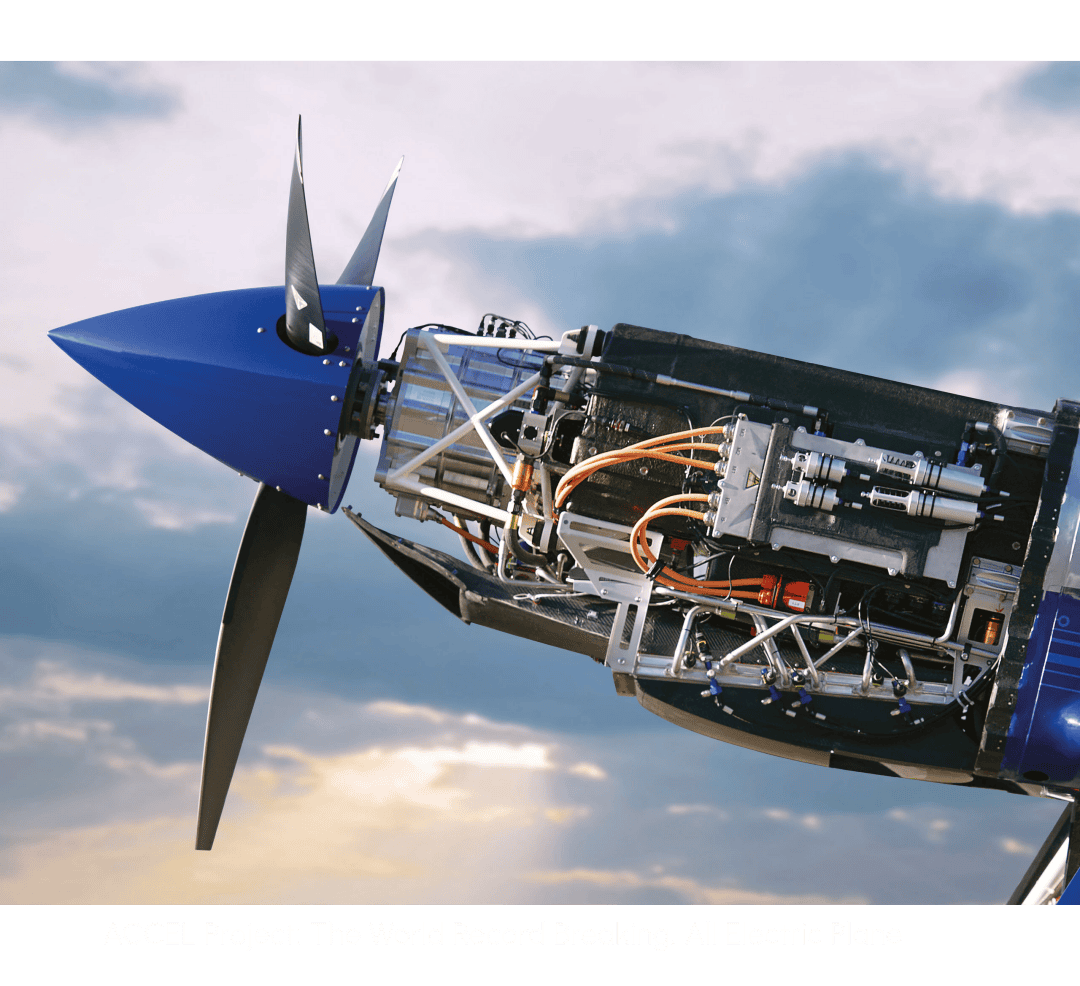ANN ARBOR – Through exclusive interviews and detailed analysis, MITechNews.Com continues to explore the innovative approaches to smart manufacturing in Michigan. These stories focus on the integration of the Internet of Things (IoT), Artificial Intelligence (AI), and many other cutting-edge technologies. These smart manufacturing tools not only enhance operational efficiency and quality, but they also position companies that use them to become leaders in the evolving landscape of Michigan’s auto industry, the state’s No. 1 industry.
Embracing the Future: How Tier 1 Yazaki North America and Hitachi Astemo Are Leading the Industry 4.0 Revolution In Michigan
Yazaki North America, part of the Japanese-based Yazaki Group, created its Monozukuri Research Laboratory in Canton, in 2014 to increase innovation and build customer trust.
Monozukuri is a Japanese term indicating a way of manufacturing that encompasses a synthesis of technological prowess, know-how and spirit of Japan’s manufacturing practices.
Lab Director Doug Neely was interviewed by MITechNews Editor Mike Brennan to get this take on Industry 4.0 technology, not the original focus of Yazaki, but one that the lab is currently researching for its products. Those include wire harnesses, power distribution and control products, connectors, driver information systems, sensors and hybrid and electric vehicle products.
Industry 4.0 Technologies: The Building Blocks of Smart Manufacturing
- Internet of Things. Connecting physical devices and systems to the Internet to collect and exchange data.
- Big Data and Analytics. Analyzing large volumes of data to extract meaningful insights for decision-making and process optimization.
- Artificial Intelligence and Machine Learning: Using algorithms and models to enable machines to learn and make decisions, improving efficiency and performance.
- Cloud computer: Storing and accessing data and applications over the Internet rather than on local servers and hardware.
- Cyber-Physical Systems: Integrating computational and physical processes to improve monitoring and control.
- Augmented Reality and Virtual Reality: Enhancing real-world environments with computer-generated information and creating immersive virtual experiences.
- 3D Printing: Building objects layer by layer form digital models, allowing for more flexibility in design and production.
- Robotics and Automation: Using robots and automated systems to perform tasks, increasing efficiency and precision.
- Automation: Providing a secure and transparent way to record and verify transactions in supply chains and other processes.
- Digital Twin: Creating virtual replicas of physical objects, systems or processes to monitor, analyze and optimize performance at the component level.
- 5G Technology: Enabling faster and more reliable communication between devices, supporting the increasing connectivity demands of Industry 4.0.
- Edge Computing: Processing data closer to the source rather than relying solely on centralized cloud servers, improving real-time processing, and reducing latency as part of AI.
Cost and Quality: The Twin Pillars of Technological Advancement
Driving the implementation of these “smart manufacturing” tools are quality and cost, Neely said. “Reducing cost is the No. 1 reason,” Neely said. “Quality is important too. We’re trying to discover the efficiencies to be gained.”
Neely said embracing I4.0 tools cuts cost and improves quality. His departments mission remains researching technologies and then trying them out to determine if they reduce costs and improve efficiency in factories. The idea is to bring more digitization into the factory with more confidence and control during product launches.
“We are just a ways off from modeling everything effectively,” he added.
But there is no end in sight to his team’s work, he said, because new technologies with smart factory applications are constantly getting invented.
“How do we know we have arrived at Industry 4.0 compliance? We will never arrive because when we do, we’ll be in developing I5.0.”
Neely also said the suggestion made by General Motors CEO Mark Reuss to capture knowledge as it happens using video technologies that could include smart phones was a concept he would be interested in exploring.
Reuss’ suggestion was captured in an interview done by, David E. Cole, the founder of the Center for Automotive Research in Ann Arbor, and former University of Michigan engineering professor.
“Mark told me he wanted to capture the innovation of his young engineers who are very tech savvy, even though they may not have a lot of real-world auto manufacturing experience,” Cole said.
Hitachi Astemo’s Smart Factory Initiative: A Case Study In Excellence
At Hitachi Astemo Americas the Tier 1 auto supplier has created what it calls a Smart Factory Center of Excellence. Maurice Henson, Senior Director of Operations – Information Technology at Hitachi Astemo Indiana, said the center is composed of cross functional teams where experts specializing in essential areas for Hitachi regularly meet for developing products. The Smart Factory Center consolidates various hubs for gathering and spreading knowledge primarily for training purposes. It’s augmented by video training and knowledge capture.
“Global and local groups have created many Smart Factory-focused videos that are then posted on SharePoint to highlight how Hitachi Astemo is actively pushing forward with Industry 4.0,” Henson said.
Knowledge Management and AI: Hitachi’s Formula For Success
Hitachi Astemo’s Smart Factory initiative uses Amazon Web Services to aggregate data and make it easily available to all Hitachi Astemo employees throughout the global corporation. An additional connected factory improvement is currently in development approval to create the Hitachi Astemo Standard to accelerate making data available to connected workers.
Henson noted Hitachi Astemo is committed to embracing knowledge management as an integral part of its internal processes in response to the demand of I4.0. He said the company has recognized the significance of data and insights on developing these smart-factory technologies.
“We’re dedicated to efficiently capturing, sharing and utilizing knowledge to enhance our operations and stay competitive in the ever-evolving manufacturing landscape,” he added. “We recognize the importance of focusing not only on the tool, but also the people and processes needed to manage as an entrepreneur-knowledge portfolio.”
Hitachi Astemo also captures knowledge from its employees using cloud-based platforms and Artificial Intelligence, said Sudhanshu Gaur, vice president, R&D at Hitachi America Ltd, and chief architect of Smart Manufacturing at Hitachi Astemo. These insights are then shared across the organization to enable informed decision making. Generative AI enhances information retrieval.
“Our vision with this initiative is to provide timely and efficient access to designed information, tailoring the retrieval process to the specific needs and contexts of different teams within our global network, Gaur said.
“Our online Communities of Practice comprises various manufacturing sites that are actively adopting Digital Transformation initiatives. Here practitioners from different background and locations collaborate, exchange ideas, discuss challenges and share their success stories. It’s a thriving ecosystem where everyone learns from each other’s experiences.”
Hitachi Astemo’s Knowledge Management strategy creates video snapshots of newly developed applications deployed in its production operations. Gaur said these visual guides effectively demonstrate new ideas and advancements, encouraging other teams and sites to explore similar innovations.
Another example of how video is used is recording interviews with staff members describing their experiences, insights, and best practices. These videos range from engineers discussing complex problem-solving to operators sharing daily routines. These videos provide a more personal connection and allow team members across the globe to learn from each other’s unique perspectives.
“We encourage teams to create short video snippets when facing specific challenges or issues,” Gaur said. “These videos are then shared with relevant experts with the organization to facilitate efficient troubleshooting.
“In addition, we are also using AI-driven insights from capture videos to improve production efficiency, automate quality inspections, and augment operators’ daily work routines.”
A Hitachi Astemo spokeswoman said her company is now looking into how to capture knowledge as it happens using video technologies that also could include smart phones.
Michigan’s Manufacturing Landscape: Ready For Industry 4.0?
Henson said he believes most Michigan manufacturers also will adopt I4.0 technologies. Businesses, he said, are recognizing the benefits of embracing i4.0 principles to enhance their operations, improve efficiently and stay competitive in the global market.
Michigan is largely known as the home of the US auto industry where recognizing this principle may mean the difference in how companies survive for the next 25 years. Henson noted it likely will be necessary for Automakers like General Motors, and Ford Motor Company to demand I4.0 compliance by their respective supply chains.
His comments were echoed by Gaur.
“A mandate by OEMs, together with MEDC incentives, can certainly drive compliance and create a standardized approach to adopting I4.0 practices,” Gaur said.
“I4.0’s focus on data-driven decision-making means that seamless data exchange between manufacturers and OEMs can enhance the entire product lifecycle and, in the process, potentially unlock new business opportunities as well.
“In summary a healthy business ecosystem is needed that can help set Industry 4.0 implementation goals, provide the right mentorship and training incentives to help realize those goals.”
___________________________________________________________________________
This is the third of a series of stories that highlight what manufacturers in Michigan are doing to answer the challenges and opportunities of Industry 4.0.
Other stories in this series were Fourth Industrial Revolution – Michigan Manufacturers Need To Get On Board Or Get Left Behind and General Motors Embraces Industry 4.0 Technologies To Improve Efficiencies, Cut Costs
A fourth story in February will look at The Michigan Manufacturing Technology Center that evaluates the technology for manufacturers, the SMEs.
A fifth story in March will review the educational institutions working to share the I4.0 message with the thousands of smaller manufactures that make up the bulk of Michigan manufacturing.
Mike Brennan is the Editor & Publisher of MITechNews.Com. He worked in an auto manufacturing plant while in college. He spent 20 years covering manufacturing and business for newspapers around the country. He covered Boeing manufacturing in Seattle and manufacturing at the former Chrysler in Detroit. He also covered technology manufacturing in Silicon Valley in California. Now he uses that accumulated manufacturing know-how in the stories that appear at www.mitechnews.com.







